Friendly Fire at the Bulge
Dear Editor,
Reference is made in the Early Fall issue of WWII History and in particular in the article on the Battle of the Bulge and the role of our air force in this historic campaign. Thank you for an excellent and comprehensive discourse about the air war in the Bulge. I was with the 30th Infantry Division in Malmédy during the “friendly fire” bombing and offer additional information on this subject. The bombing did take place for three consecutive days, the first being on December 23, 1944. This was conducted by B-24 bombers that targeted the center of Malmédy. The next bombing took place on December 24 again with B-24s but with a larger force than the preceding day.
This was the most destructive of the three bombings. The Christmas Day bombing was with B-26s flying lower than the B-24s. After the initial bombing, we contacted the air force and asked why they were attacking us. Their reply was that their intelligence reported that Malmédy was in German hands. The report in your article that the B-26s mistook Malmédy for Zuplich is the first I have heard of this explanation. There was actually a fourth day of attack by American planes. On December 27, American fighters did some strafing but, compared to the bombs, these attacks were more annoying than destructive!
In previous “friendly fire” bombings, the 30th Infantry Division had 683 casualties from the saturated, high-level bombing of St. Lo in Normandy. This tactic was intended to finally break through the hedgerow country of Normandy.
The bombing took place during two days, July 24 and July 25, 1944. On July 24 some of the bombs fell on the 30th and the mission was scrapped. On July 25, bombs again fell on the 30th but the mission continued and as a result a breach in the German lines effected the beginning of the end of the Normandy campaign. Of the 683 casualties, 93 were killed, 530 were wounded, and 60 were missing and presumed blown beyond recognition or buried alive. General Leslie McNair joined the 30th to witness the bombing and was one of the casualties.
In both of the described incidents the Eighth and the Ninth Air Forces were involved.
George F. Schneider
Lancaster, Pennsylvania
Sherman vs. Tiger and Panther
I just finished reading Blaine Taylor’s article on the Sherman Tank, entitled “Blunder or Wonder Weapon?” While Mr. Taylor lays out the issue without really taking a stand one way or the other, I will give him credit for once again stirring this pot.
The comparisons of the Sherman to the German Tiger and Panther never cease to amaze me. Let’s take a look at those two German vehicles. Both were incredibly complicated and expensive to build, and required more raw materials and skilled labor than the Germans had available to produce them in anything like the quantities needed. Mr. Taylor cites 1,835 Tigers and 4,800 Panthers as having been built and I’ll stipulate to those numbers. The odds against those few German tanks are even worse than the numbers would indicate. Both the Tiger and Panther were maintenance-intensive nightmares. They broke down frequently, and in the case of the Tiger were so heavy that they frequently couldn’t be recovered and had to be blown up by their own crews. As a result, the number of vehicles available for combat at any given time was usually far fewer than it should have been because so many of them were broken down.
The Tiger also had mobility issues. It was too wide for European rail transportation without first removing the outer set of road wheels and changing to a narrow “transport track.” Once at its destination, the process had to be reversed and the “combat track” and road wheels reinstalled. Anyone who has “broken track” knows what a royal pain that must have been in even the best of conditions. Now imagine doing it in the snow, or mud, or under fire. The Tiger guzzled fuel and was too heavy for many bridges and fords. The famous Kampfgruppe Peiper had a battalion of King Tigers attached during the Battle of the Bulge and because of their mobility issues Peiper placed them at the back of his column, out of the way.
Both the Tiger and the Panther had issues with overloaded transmissions and final drives and were notorious for breaking down. However, we in the former Allied nations seem to have a love affair with all things German from WWII. Maybe it’s the cool names, I don’t know.
Now let’s look at the Sherman. Anyone who wants to understand what a miracle of production the U.S. achieved in WWII ought to read a recent book on the subject by Arthur Herman called Freedom’s Forge. It was an incredible feat that the U.S. built 40,000 of any tank. People often seem to think that the choice of the Sherman was the result of a bad decision or negligence. To go from nothing and to then design, tool up for, build, and ship around the world not only 40,000 Shermans but all the other vehicles, airplanes, equipment, supplies, and personnel that we did between December 7, 1941 and the end of the war is an accomplishment that few people appreciate to this day.
I’m sure General Patton would have preferred to have the M26 Pershing from day one, but that wasn’t one of his options. The Sherman was everything the German tanks were not. It was relatively easy to mass produce and transport. It was reliable, easy to maintain, and had good maneuverability. It wasn’t perfect but it was a good balance of the three holy grails of tank design: armor protection, firepower, and mobility.
Guy DeYoung
Roseville, California
Dear Editor,
Blaine Taylor’s article was very informative as are many that deal with the question of quality over numbers. However, if we were able to ask all the dead tankers who died because of being in a lighter armored, undergunned tank in battle, I’m sure they would have preferred a bigger gun and more armor. Was the price in loss of life, not to mention experienced crewmen, worth it?
I was a tanker in the 1970s and I felt more confident in my ability to do my job knowing I had thick sloped armor, as big of a gun as most, and an escape hatch under the driver’s seat, if needed.
Lawrence Anders
E-5, 4/69 th Armor of the 8th Inf. Div.
Mainz, Germany
Lieutenant Bonnyman
Dear Editor,
I read your article with great interest from the Early Fall 2012 issue “Conspicuous Gallantry at Tarawa,” on Lieutenant Alexander “Sandy” Bonnyman. Much thanks go to author Joseph M. Horodyski for so accurately describing the details of the taking of the largest bunker off of Red Beach 3. My father, Pfc. Richard V. Morgan, was one of the 13 survivors of the initial rush. In some film and photos you can see him with a box grenades, that were used to drop down the air vents.
May I quote two sentences from my father’s brief memoirs. “I never really knew Lt. Bonnyman—an officer in charge of a shore party (landing supplies) attached to our Battalion—except having spent a brief but furious morning near him. But throughout my life his memory has clung to me and he has been a humbling inspiration.”
Many more Marines deserved metals for their actions on Tarawa, but Lt. Bonnyman definitely deserved our nation’s highest honor and greatest thanks!
Again, thank you for this wonderful salute to a great man.
Dan Morgan
Gibsonia, Pennsylvania
Note: Opinions expressed in “Dispatches” do not represent those of the writers, editors, or staff of WWII History or Sovereign Media.
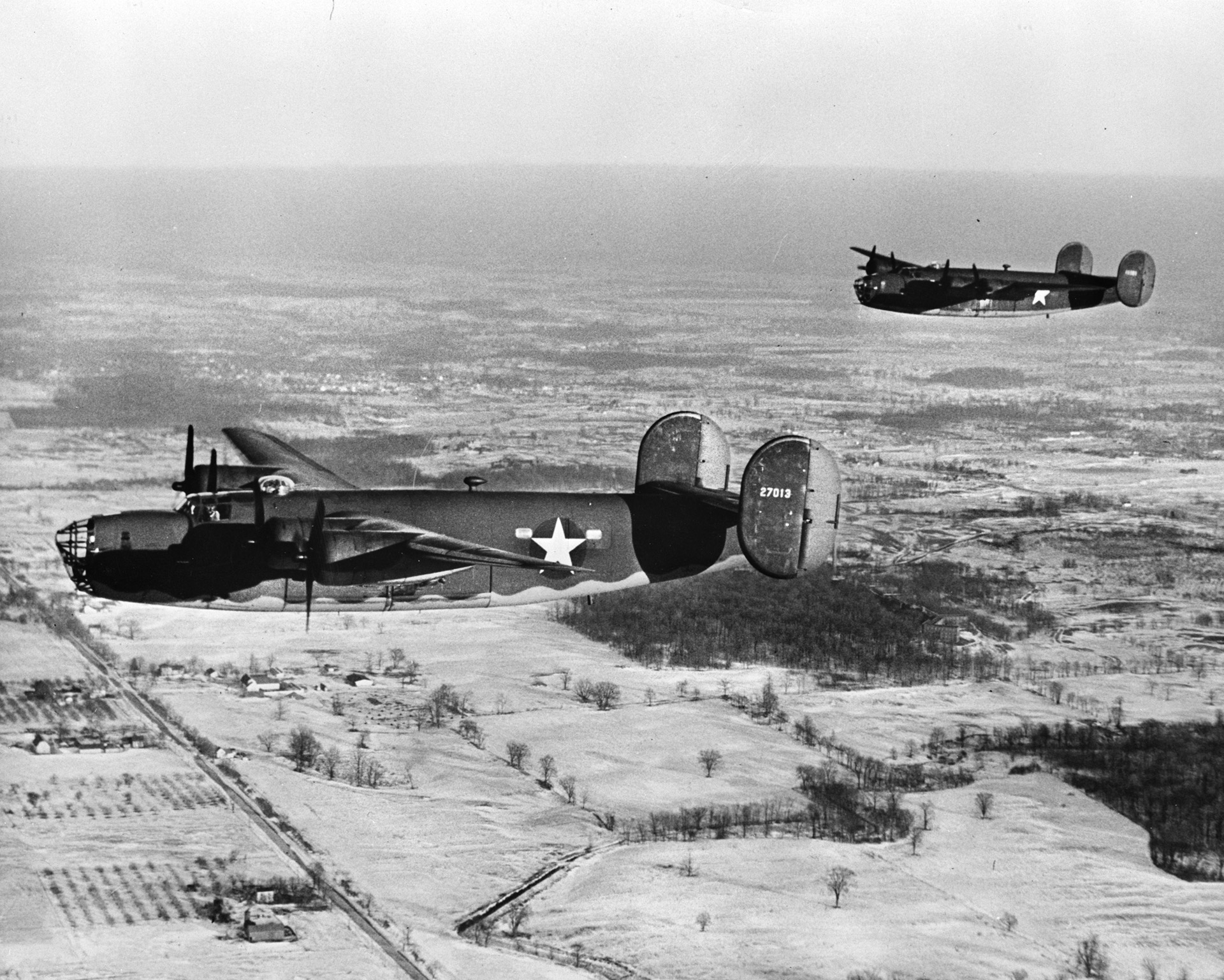
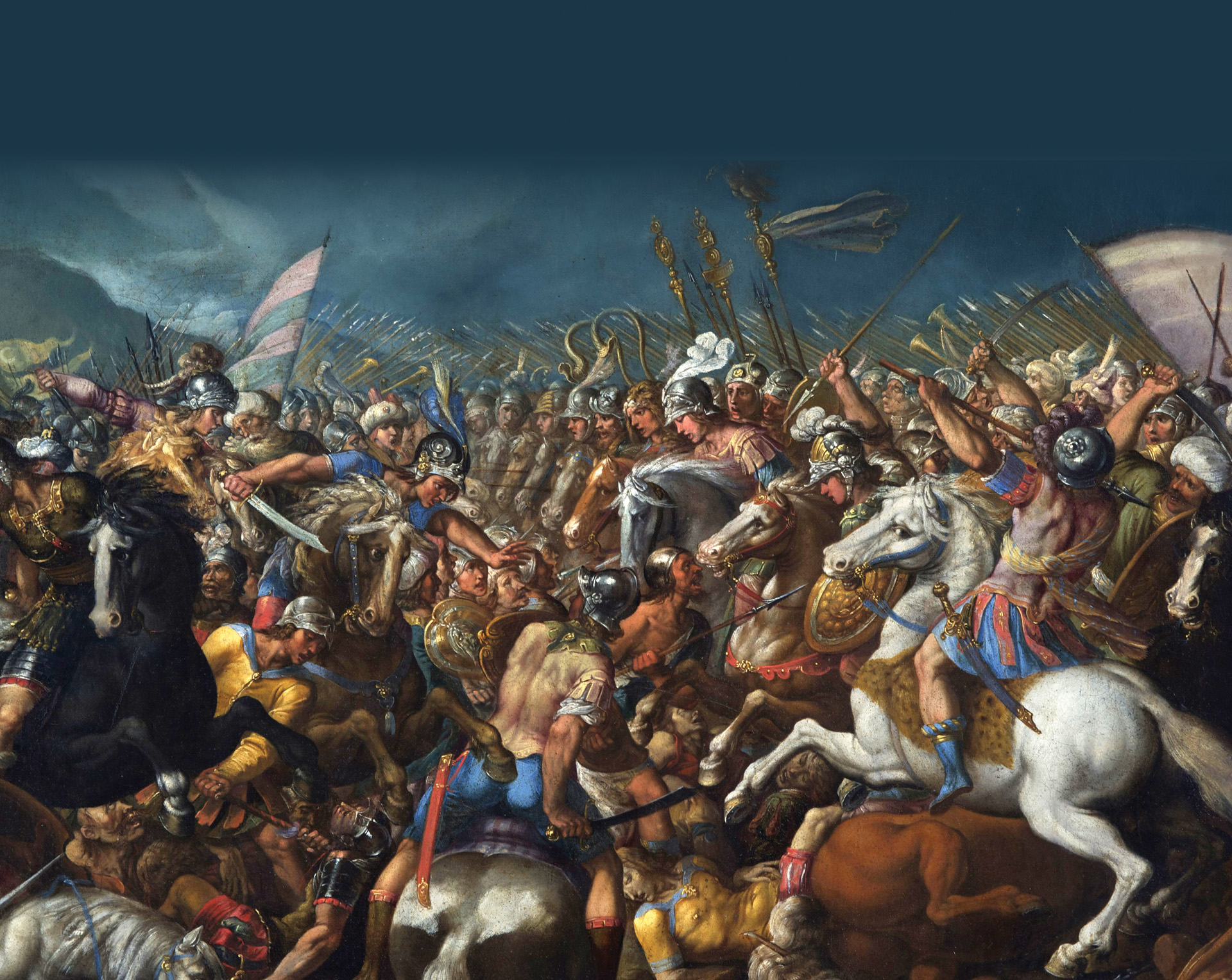
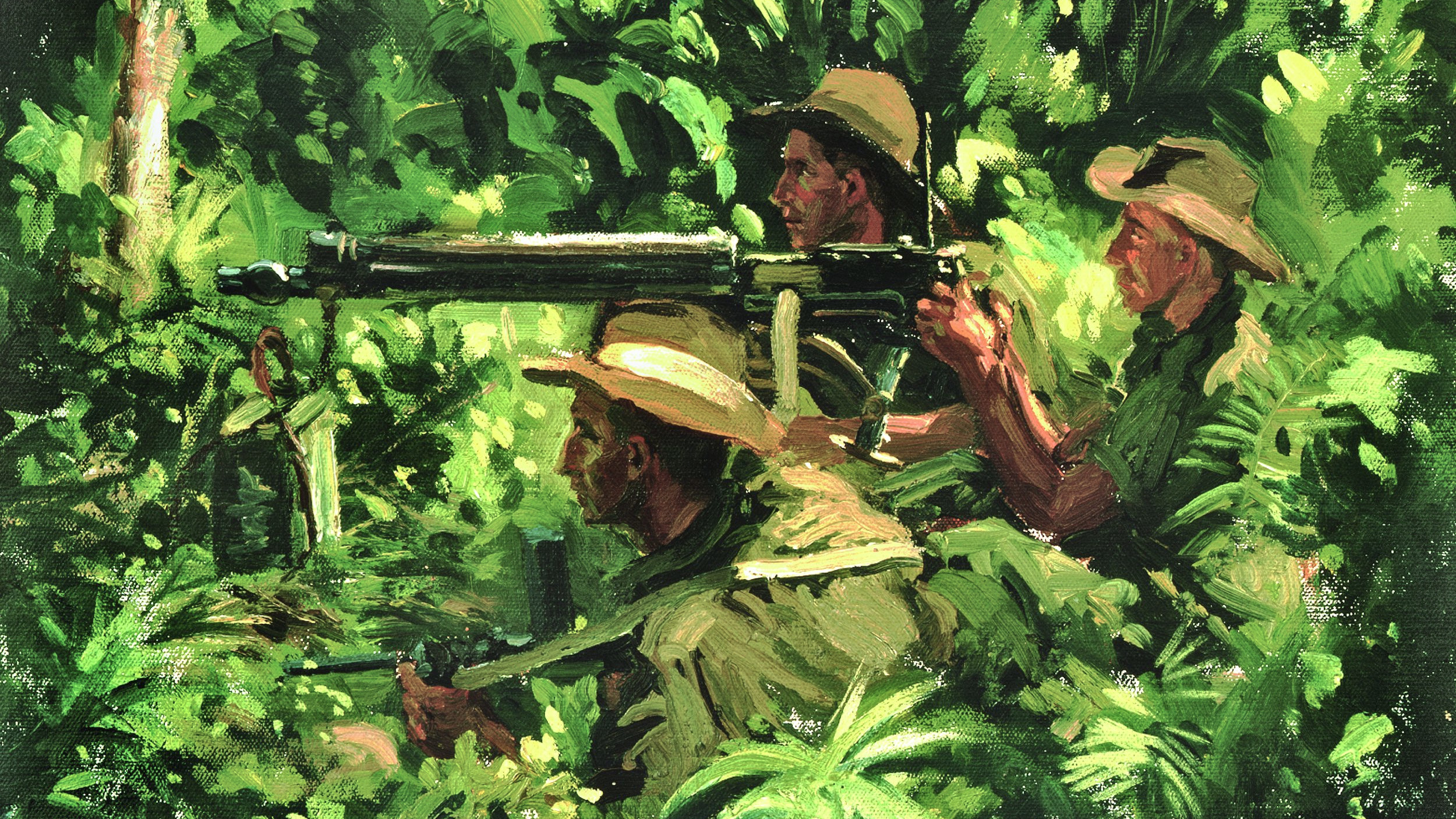
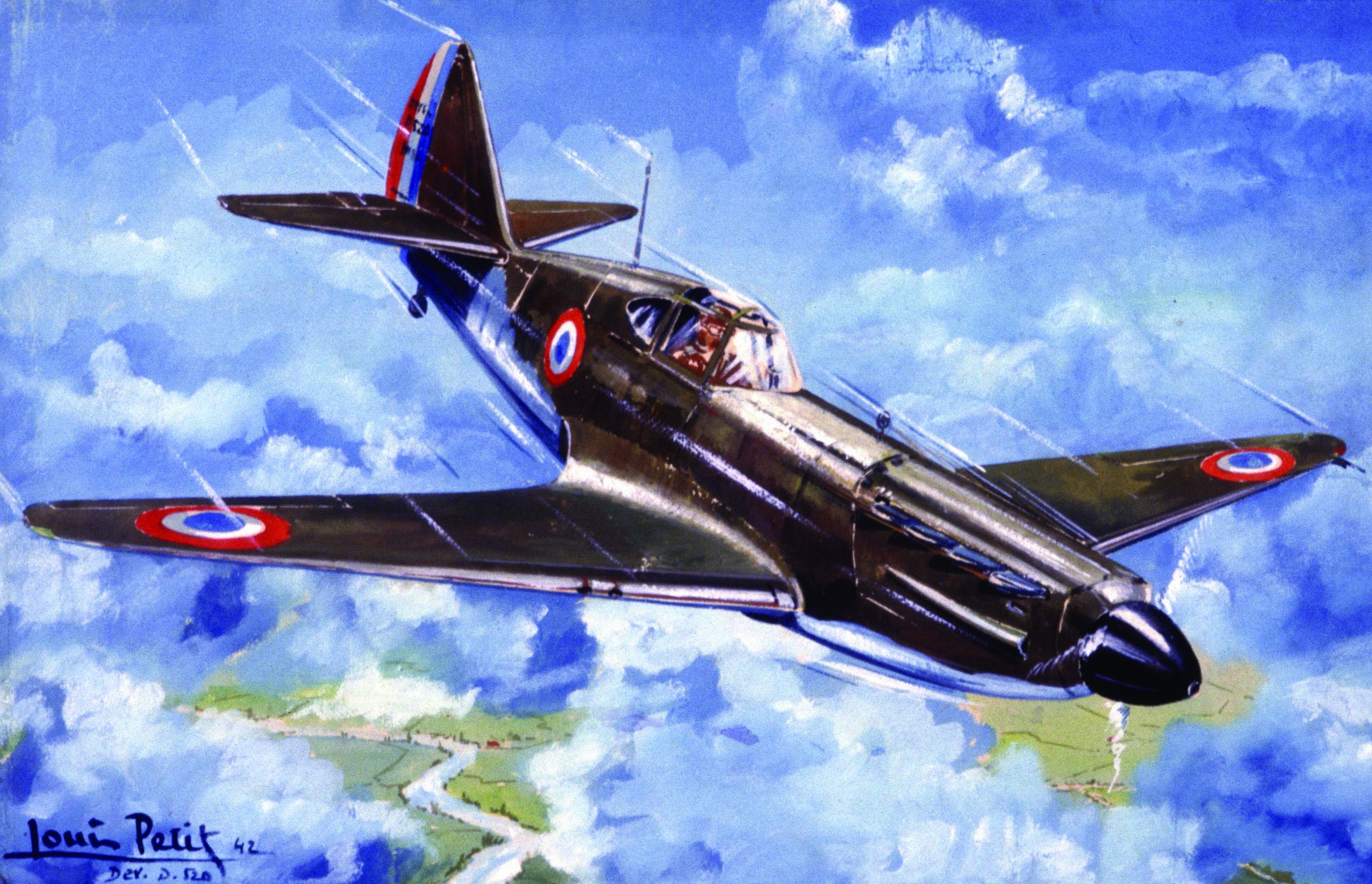
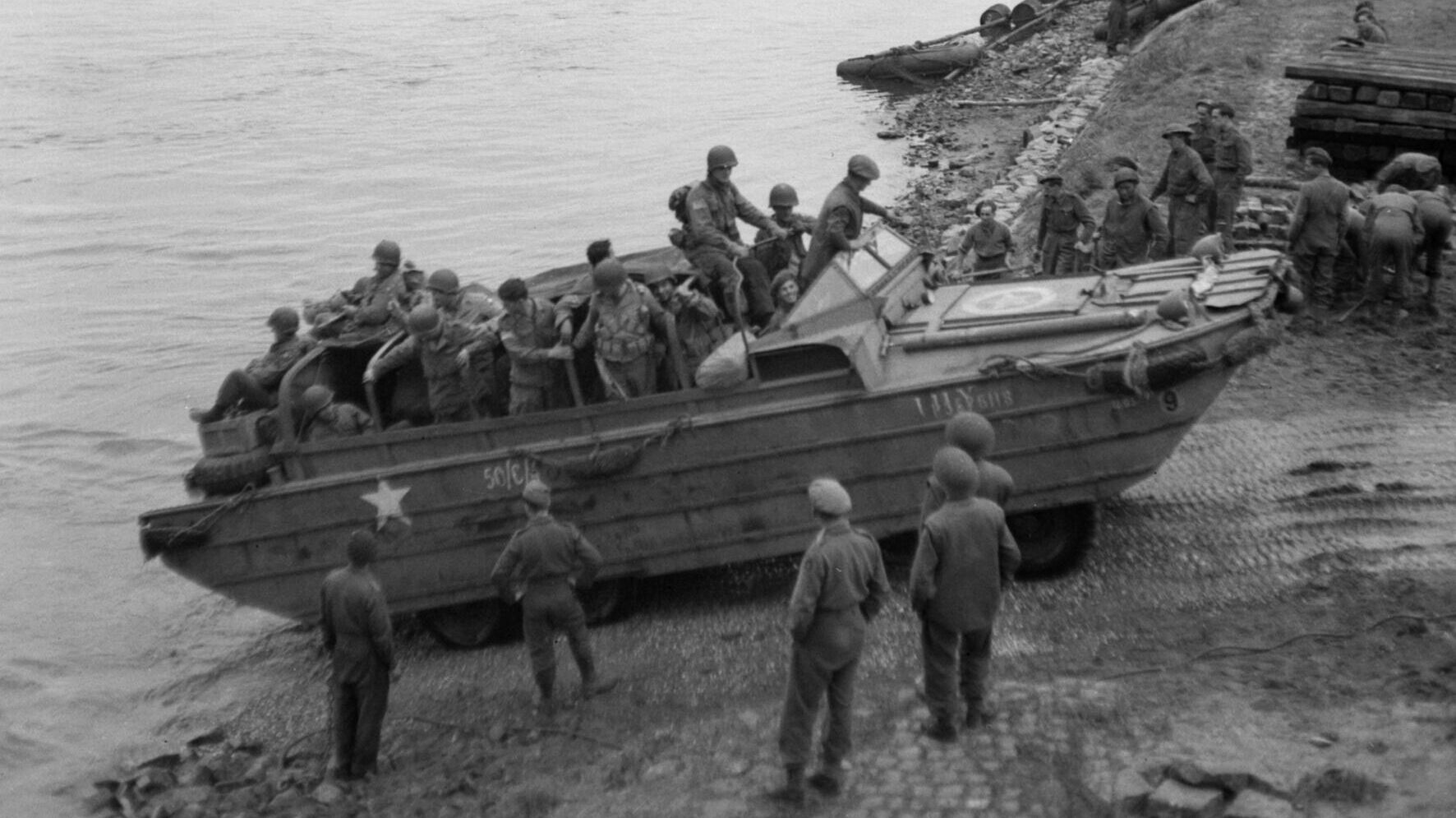
Join The Conversation
Comments
View All Comments